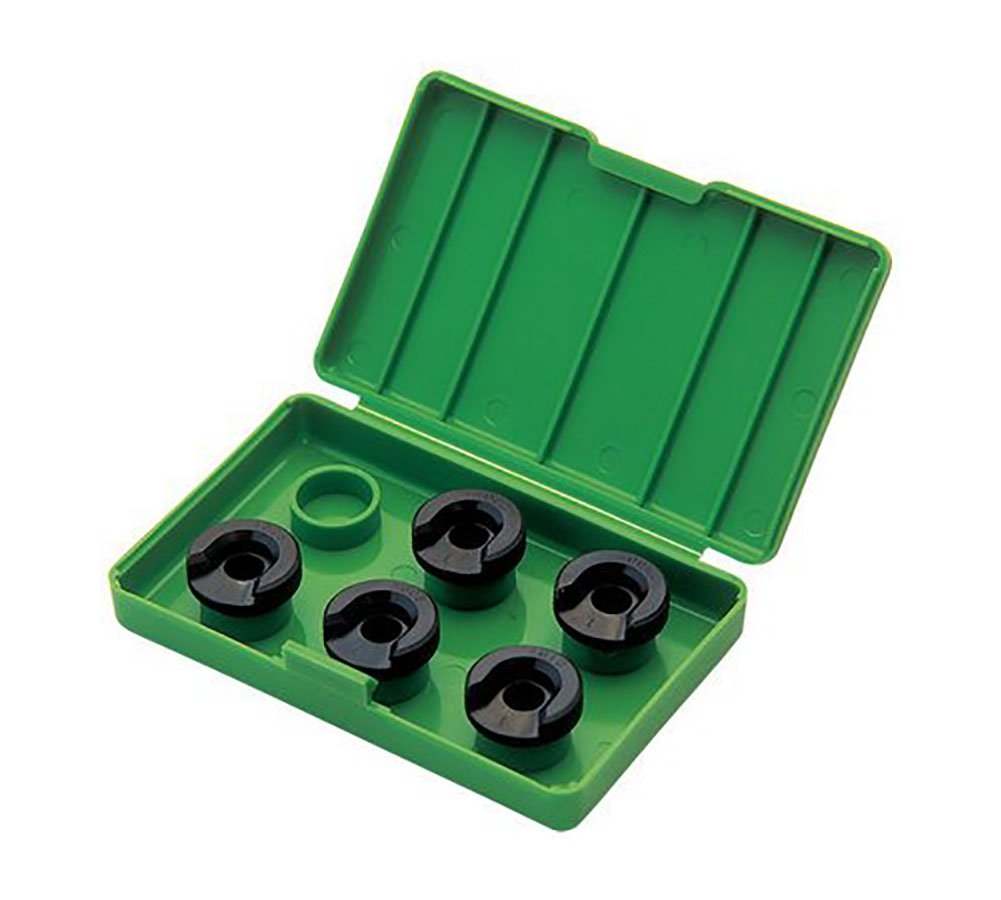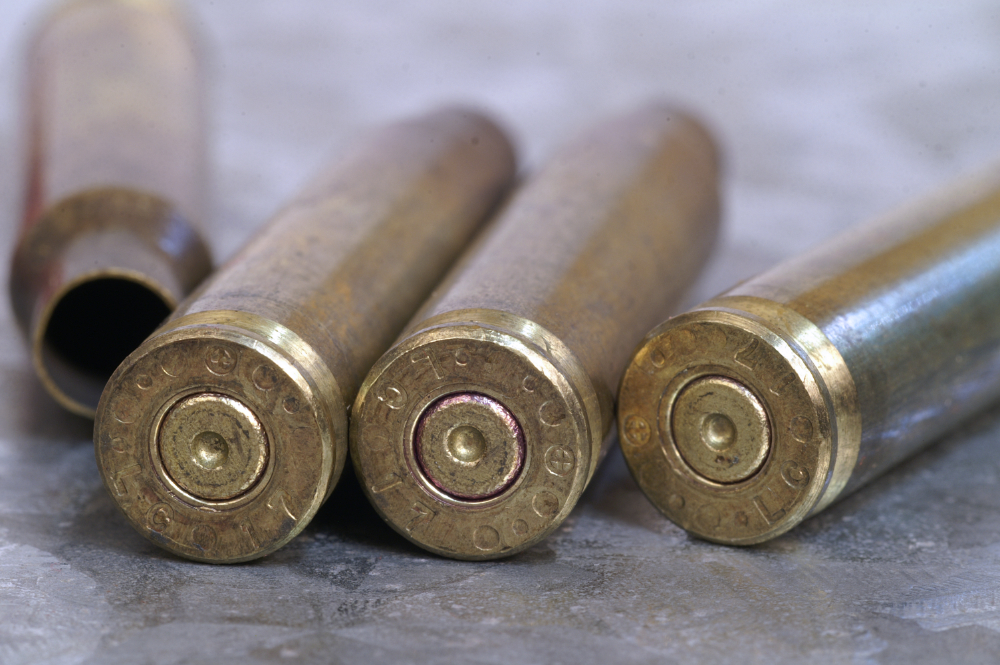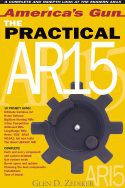If you shoot the “same” load for different rifles, here’s a few ideas on getting the most out of it for all of them. READ MORE
Glen Zediker
I have a few rifles…
Every time I do a new book I have more. This last time around, in writing America’s Gun: The Practical AR15, I built 10 AR15s, and half of those have the “same” chambering (5.56 NATO). My choices that I can case and then uncase any afternoon for some range time might all have the “same” chamber but they’re each and all, in some measured amount, different.
That’s literally in measured amounts, and more in a minute.
If you (like me) really don’t want to load separately, store separately, and use separately, then the only real choice is to employ a “lowest common denominator” tactic. With only one exception, I don’t load uniquely for any of these guns. I pretty much just want a sack-full of ammo at the ready. The one I load uniquely for has a tuned gas system (it’s a practical competition “race gun”).

Variables
Assuming all the rifles have the “same” chamber, meaning only that the barrel stamp is the same, there still exist differences. There are differences reamer to reamer, and, depending on the operator, there might (will) be differences in headspace, and leade. They’re likely to be tiny, but tiny can matter. Some manifestations of pressure have some to do with the barrel bore (land diameter for instance).
I measure spent cases for all the different rifles. They don’t measure nearly all the same! Of all the set-by-sizing dimensions, cartridge headspace has shown the most variation in my samples.
That, also, is a very important dimension to set. As gone on (and on and on) in RELOADERS CORNER, the idea is to get adequate case shoulder set-back to ensure function, and also to keep it to the minimum necessary to prolong case life. The minimum necessary runs from 0.003 for a semi-auto to 0.001 for a bolt-action.
To set this dimension for multiple rifles that use the same batch of ammo, the means is pretty easy to anticipate: find the gun with the shortest headspace, set the die to set back the case shoulder where it needs to be for that one, and live with it.
If you don’t want to give in thataway, but rather prefer (or at least don’t mind, two technically different outlooks) running multiple dies with multiple adjustments, and keeping the ammo segregated, then here’s more.
I’ve had really good experiences using a turret press. For most rifle needs, one with, say, four spots will allow the use of two sizing dies, maybe three (depending on what occupies the other locations). These dies can be uniquely adjusted for cartridge case headspace. Of course, it’s easily possible to just swap dies in and out but the turret keeps them put and saves a step.

If you’re a bolt-gun shooter and have a couple or more rifles that run the same cartridge, and if you’re wanting to get the most from your efforts in loading for each, you might consider this next. Redding has long-made a set of five shellholders with varying heights. They allow a shellholder swap on the same die to alter case headspace, for example. There are also shims available that go under the die lock ring to provide for die body height variance. This sort of setup lets the handloader alter-adjust headspace without readjusting the die.

Levels
Now. As far as lighting on a load that they’ll all shoot their absolute best with. Sorry to say, but “not likely.” There sometimes seems like there is more mystery than there is known in “why some shoot better” with one load. And when I say “load” I’m talking about the dose, the amount of propellant. What that ends up being mandates at least some effort in evaluating more than one rifle when working up to a point you’ll call it “good.”
NATO-spec ammo is hot and getting hotter! I’m talking about true NATO-spec, not just lower-cost ammo sold in a “plain box.” This isn’t about NATO ammo, but it was for me. The difference between pressure levels of NATO and, say, a commercial-made .223 Rem. “match” load are enough that two of the guns won’t even run with that. I set up these guns from the workbench respecting NATO pressures, and that, in most cases, meant firming up the “back end”: heavier buffers and springs.
My good old “do it all” load no longer exists in my current notes. Amazingly, to me at least, it’s up the velocity equivalent of about a grain and a half from what I used to bust up clods and cans with. It’s also a different propellant (now H335).
No question: pressure symptoms must also define the “lowest common denominator” when loading the same for multiple guns. Since I also have to consider reliable function in my own example, and as just suggested, I’m loading up a little nearer the edge. I carefully evaluate spent case condition from each rifle and anything that reads or appears remotely as an excessive pressure sign means I’ll knock a universal half grain off the group load.
The preceding is a specially-adapted excerpt from Glen’s newest book, America’s Gun: The Practical AR15. Check it out HERE!
Glen’s books, Handloading For Competition and Top-Grade Ammo, are available at Midsouth HERE. For more information about other books by Glen, visit ZedikerPublishing.com










